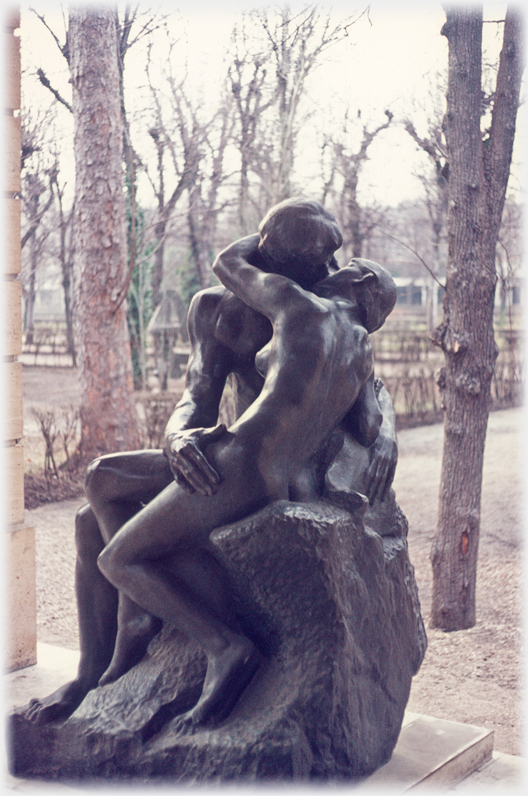
Desire and Photography
Desire has no history — at least, it is experienced in each instance as all foreground, immediacy. It is aroused by archetypes and is, in that sense, abstract. But moral feelings are embedded in history, whose personae are concrete, whose situations are always specific. Thus, almost opposite rules hold true for the use of photographs to awaken desire and awaken conscience. The images that mobilize conscience are always linked to a given historical situation.
Susan Sontag (1973)

Sontag offers a provocative contrast. Fifty years later, an internet awash with pornographic photographs, and daily images firing our consciences, provide boundless examples. Or do they? Maybe the contrast she adumbrates with conscience, is not so much with desire, but with lust. This has that immediacy, but its counterpart is surely indignation or ire, also immediate. In her framework desire seems better illustrated by Rodin’s sculpture, which has much more in common with
conscience
 Reflecting back on the links between conscience and consciousness.
than with lust. Desire fits into a story and places
particulars,
Reflecting back on the links between conscience and consciousness.
than with lust. Desire fits into a story and places
particulars,
 On the troubled relationship between particulars and generalities.
immediacy and subjectivity into a social and cultural context. All contribute to desire, just as they do to conscience. Over against them stand lust and anger, where contextless photos may reign. But beware the contextless photo: a currently experienced
image,
On the troubled relationship between particulars and generalities.
immediacy and subjectivity into a social and cultural context. All contribute to desire, just as they do to conscience. Over against them stand lust and anger, where contextless photos may reign. But beware the contextless photo: a currently experienced
image,
 Photographs somehow hover, being neither part of past or present. .
alluding to an often veiled past, and adrift from its original context. And further, the suggested power of such still images; compare them to moving pictures that express
stories,
Photographs somehow hover, being neither part of past or present. .
alluding to an often veiled past, and adrift from its original context. And further, the suggested power of such still images; compare them to moving pictures that express
stories,
 The importance of stories to the experiences of our lives.
The importance of stories to the experiences of our lives.
witness the glued eyes of vast populations to the moving picture. Such embedded lust may reduce immediacy, but certainly raises attraction!
The quote is from pages 16/7 of Susan Sontag’s book On Photography, in the Allan Lane version of 1978.
The photograph was taken in this same year at the Musee Rodin in Paris where the sculpture was still outside the building. It was first displayed to the public in 1887.
Above, hovering on blue introduces a link: click to go, move away to stay.

Saturday 23rd December 2023
 ...guide to this site
...guide to this site